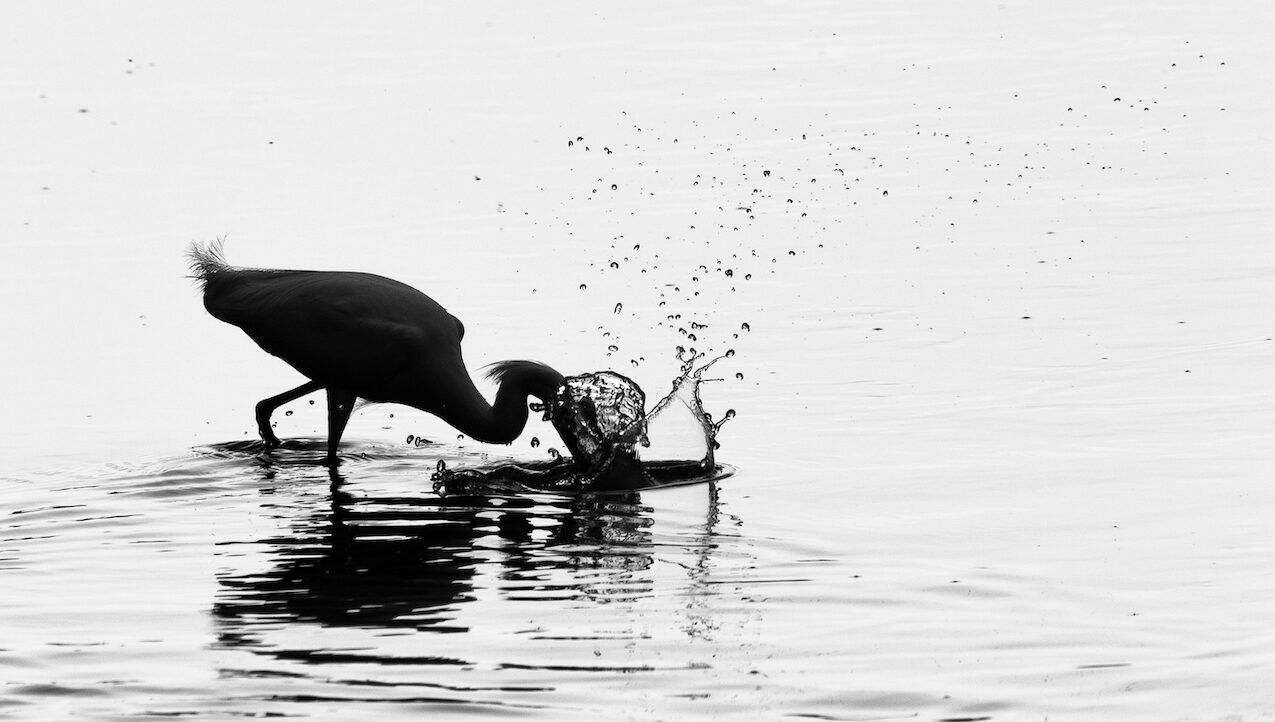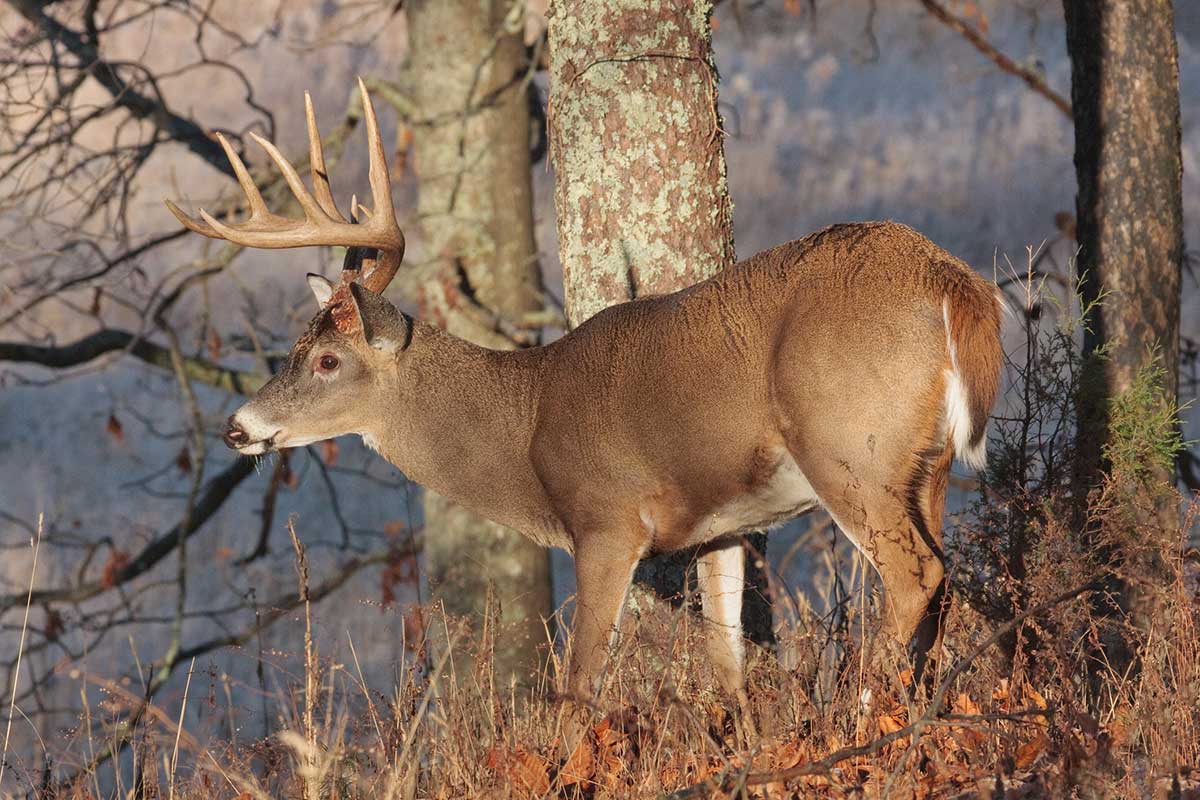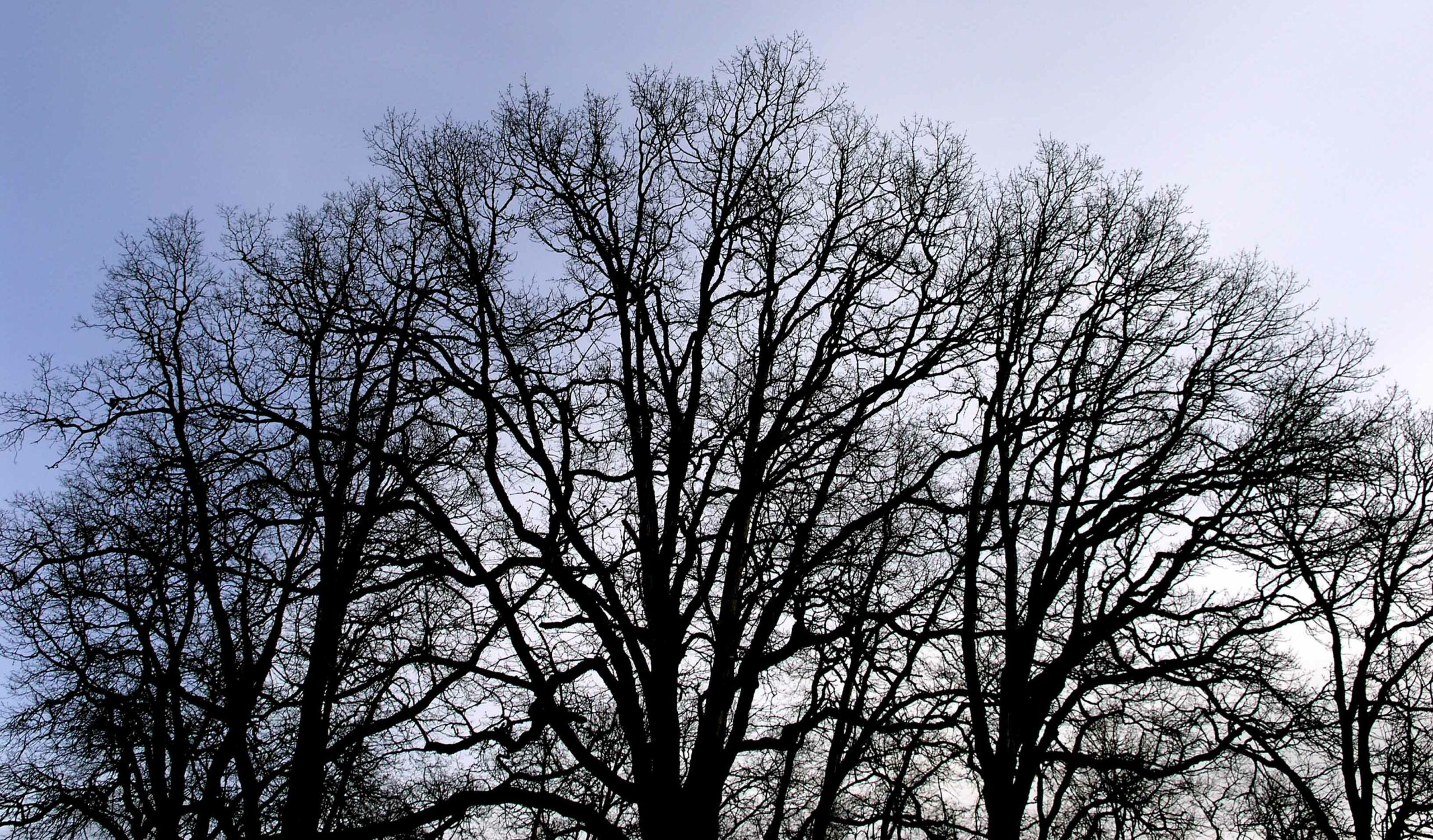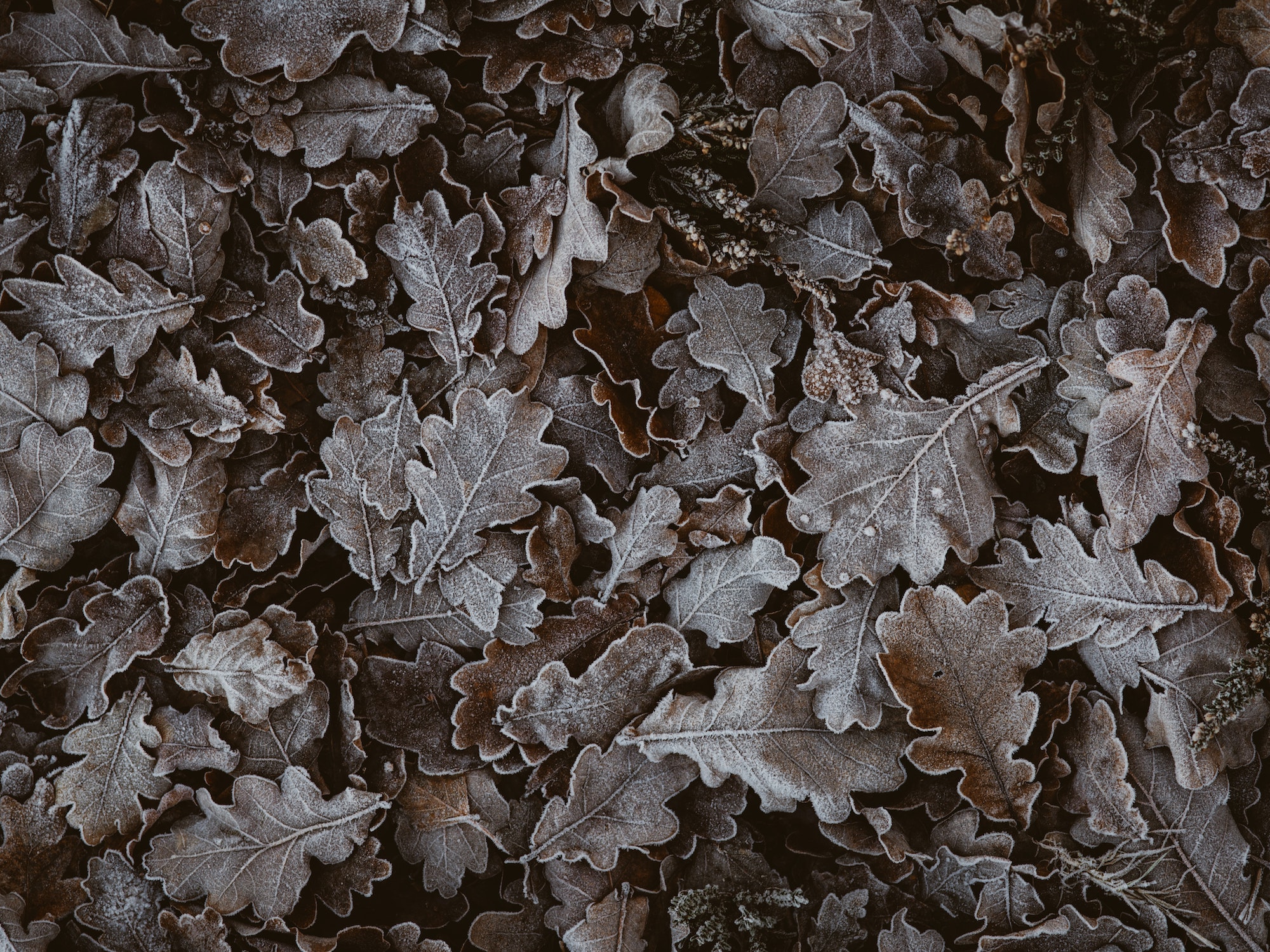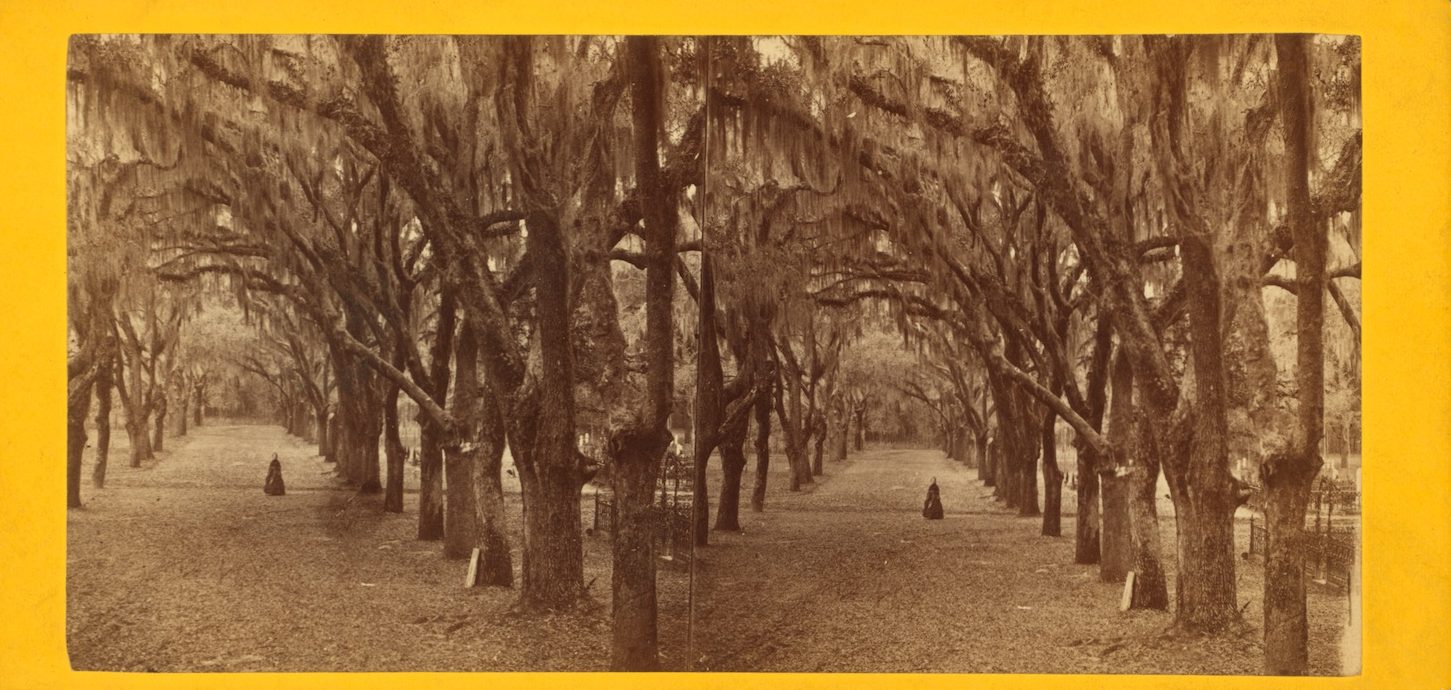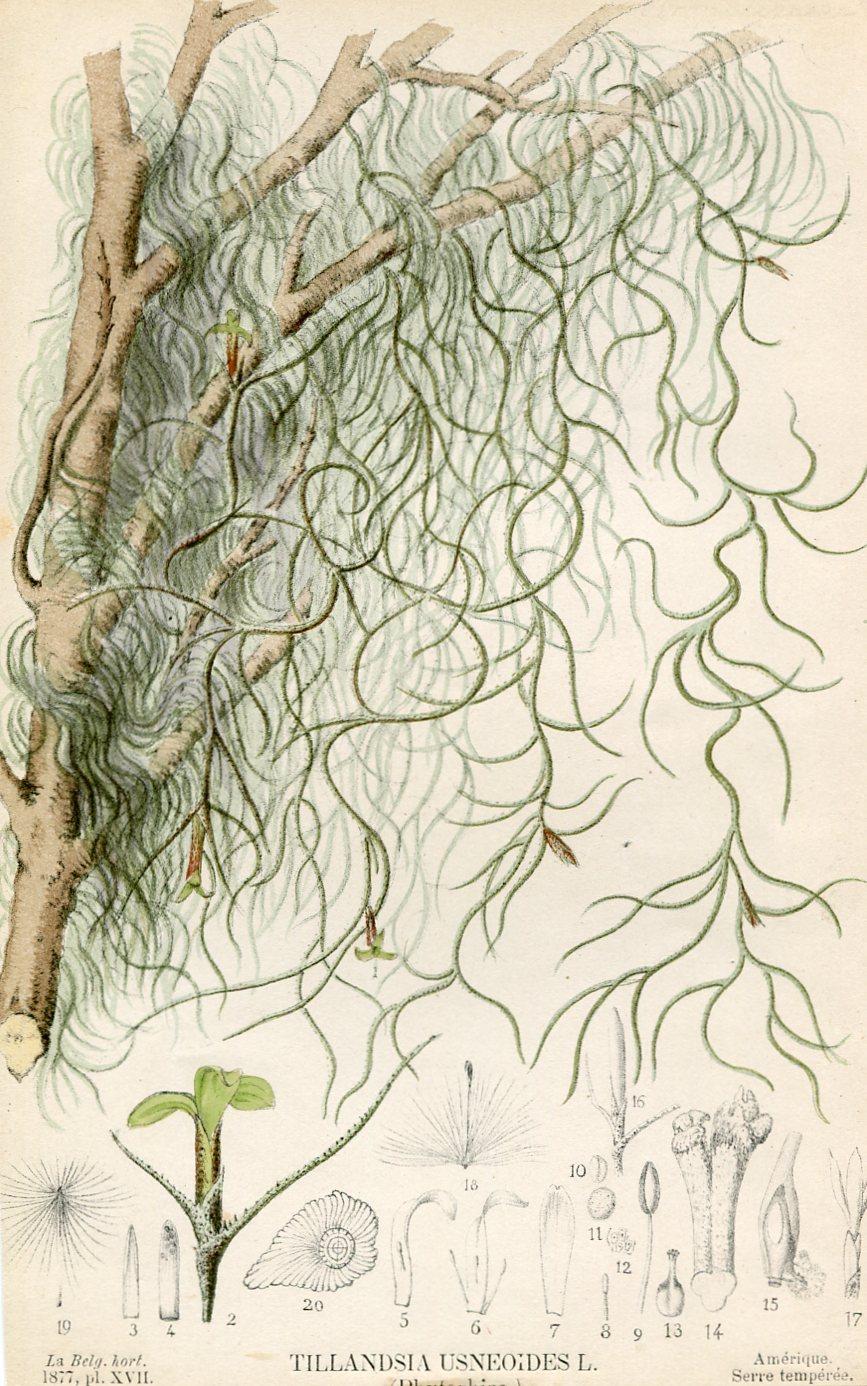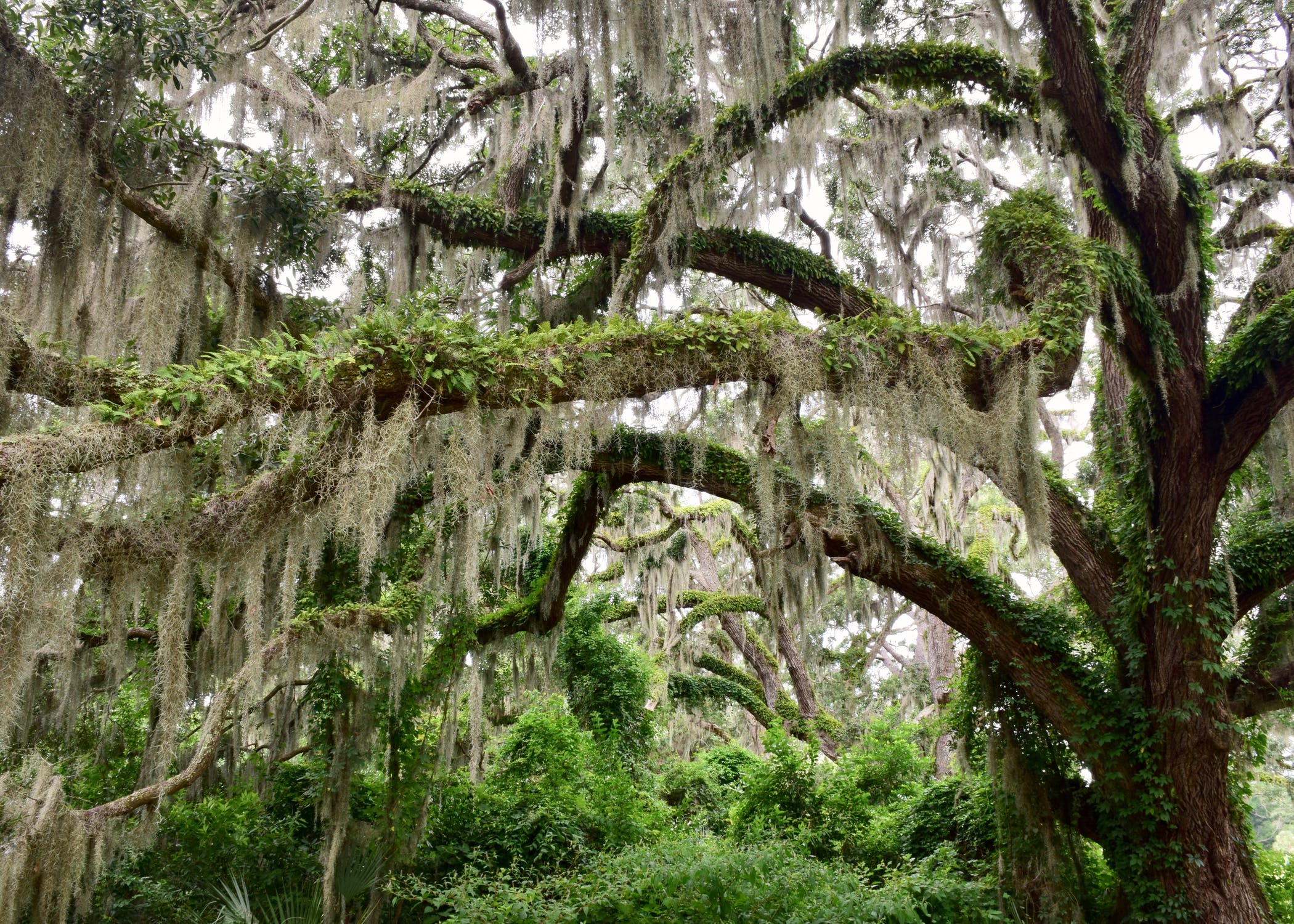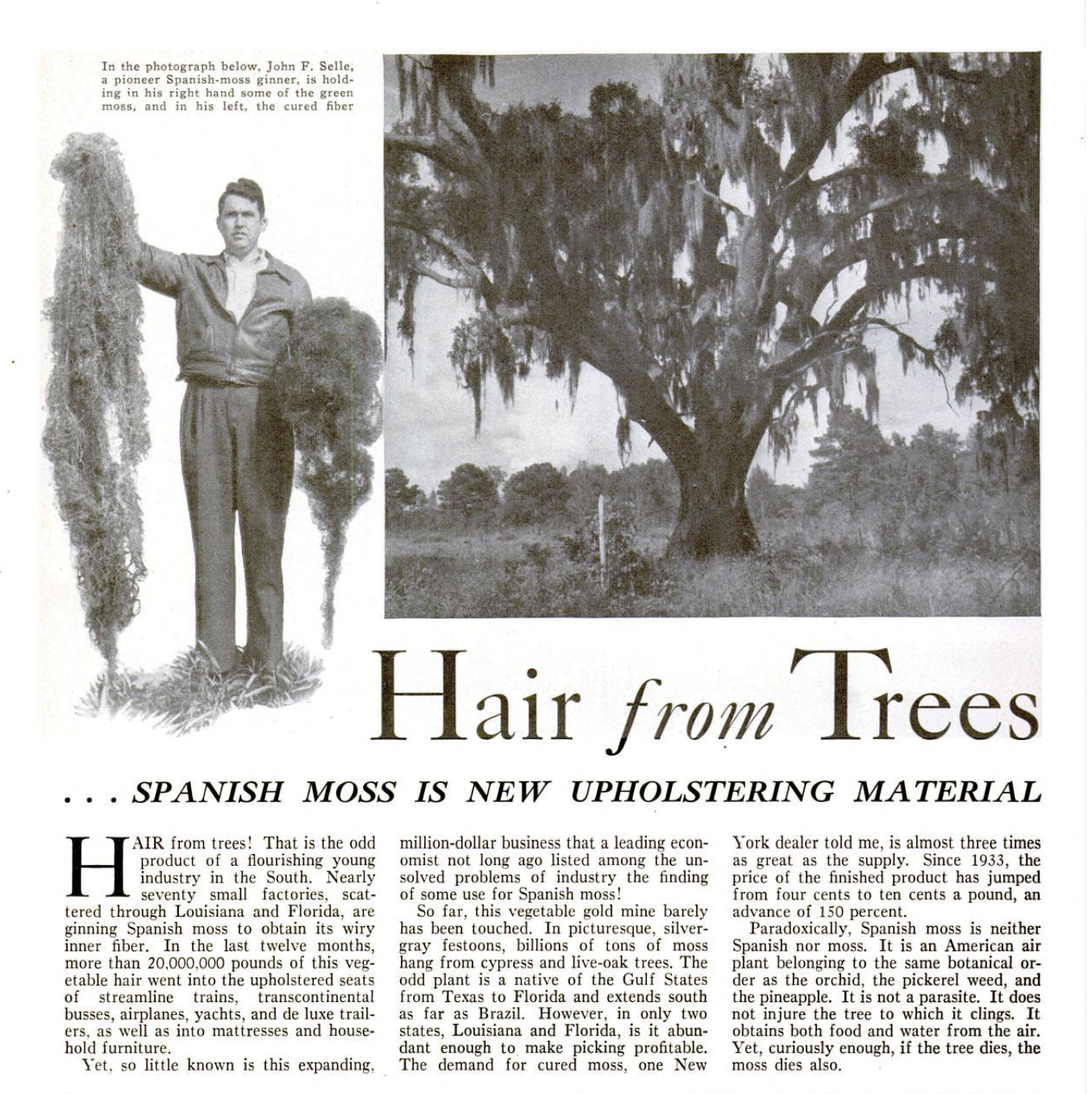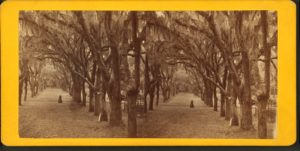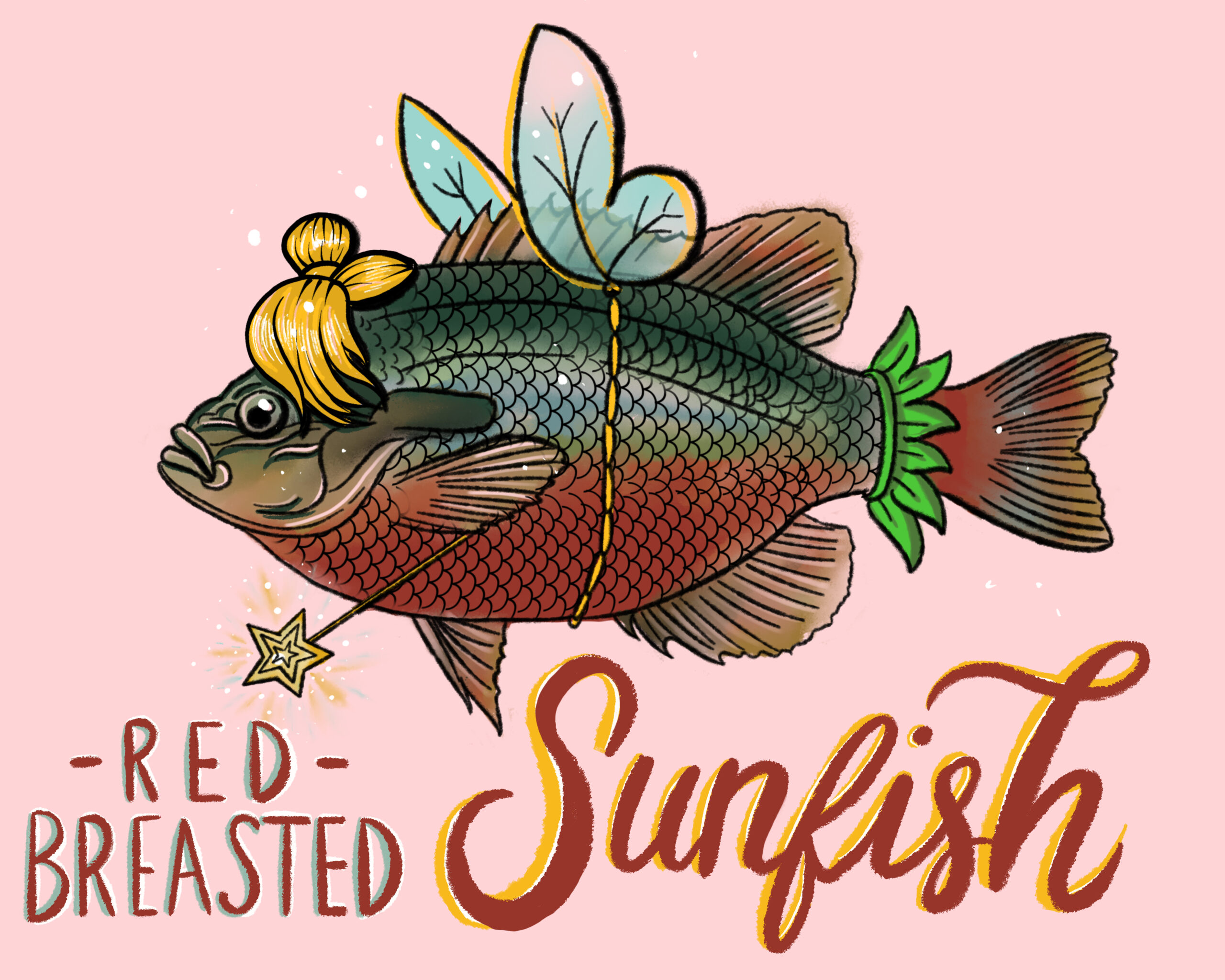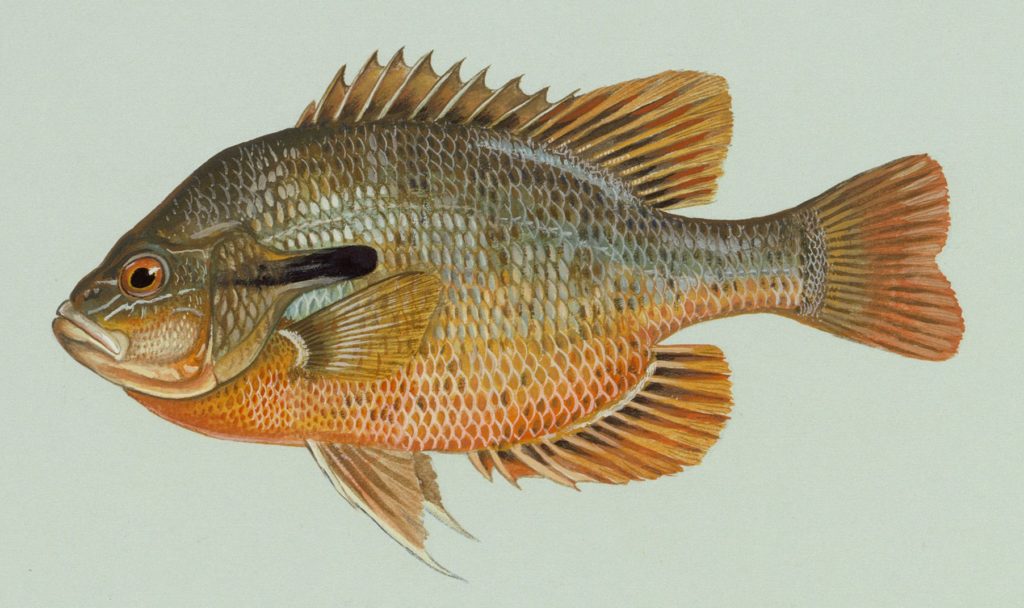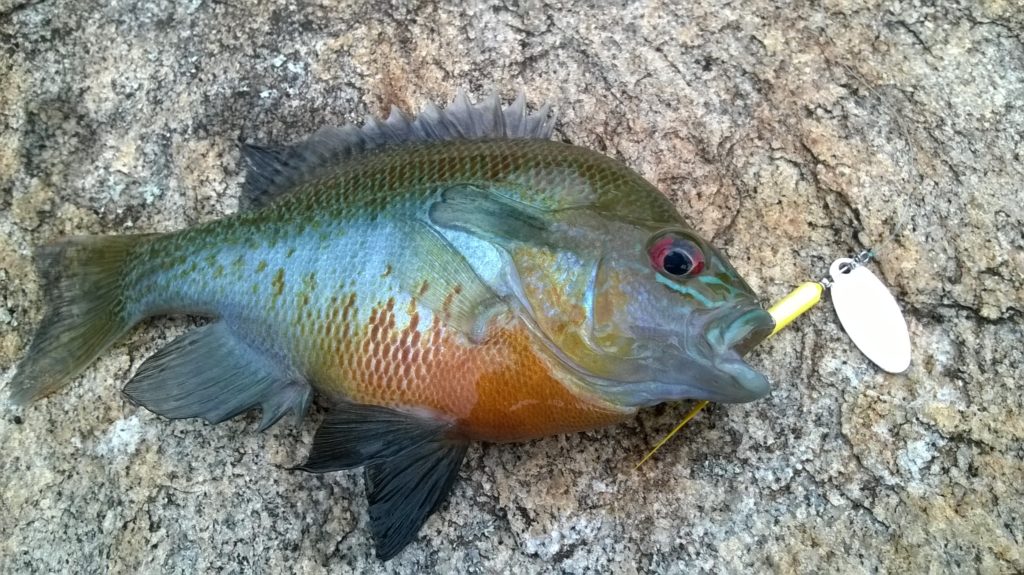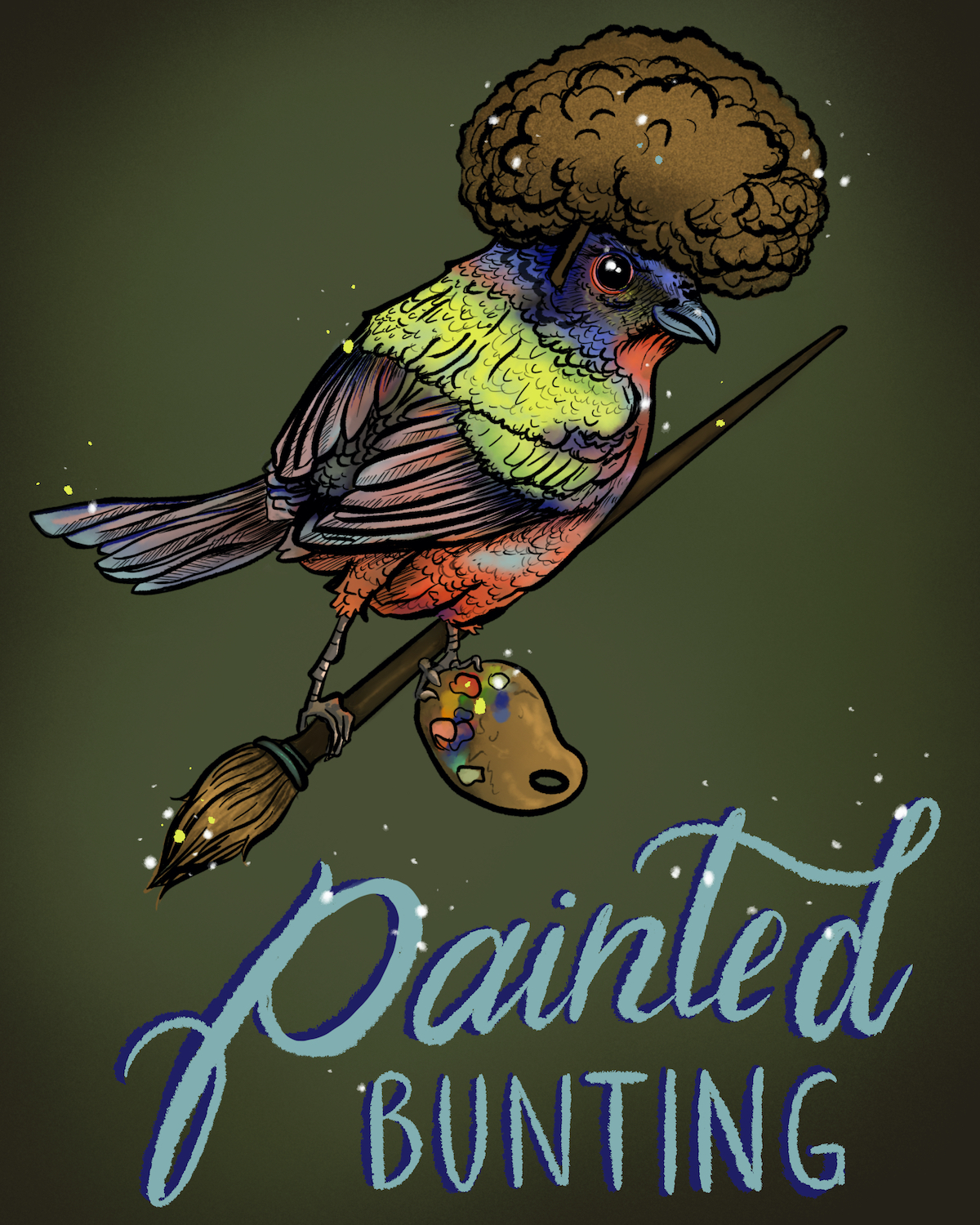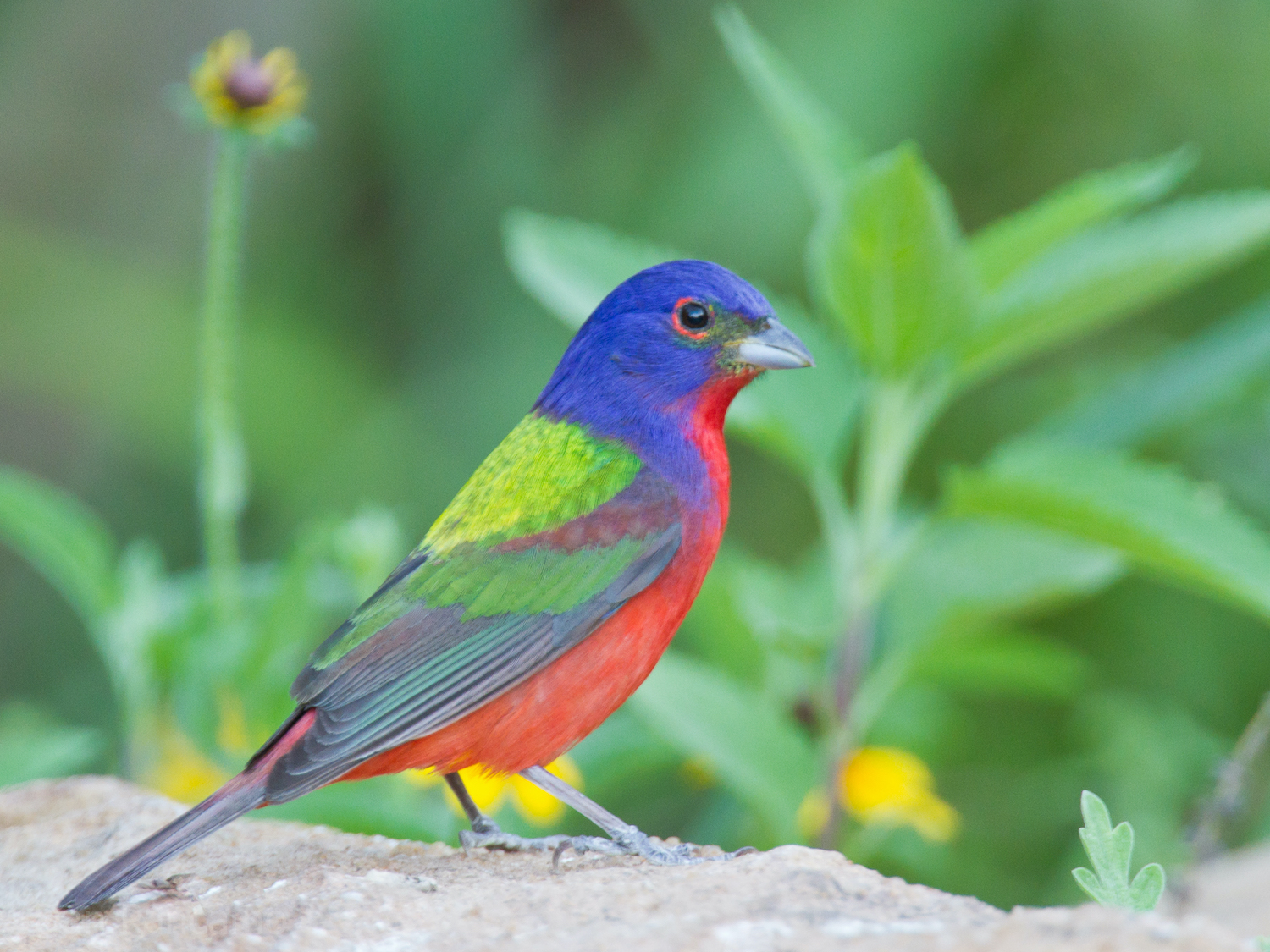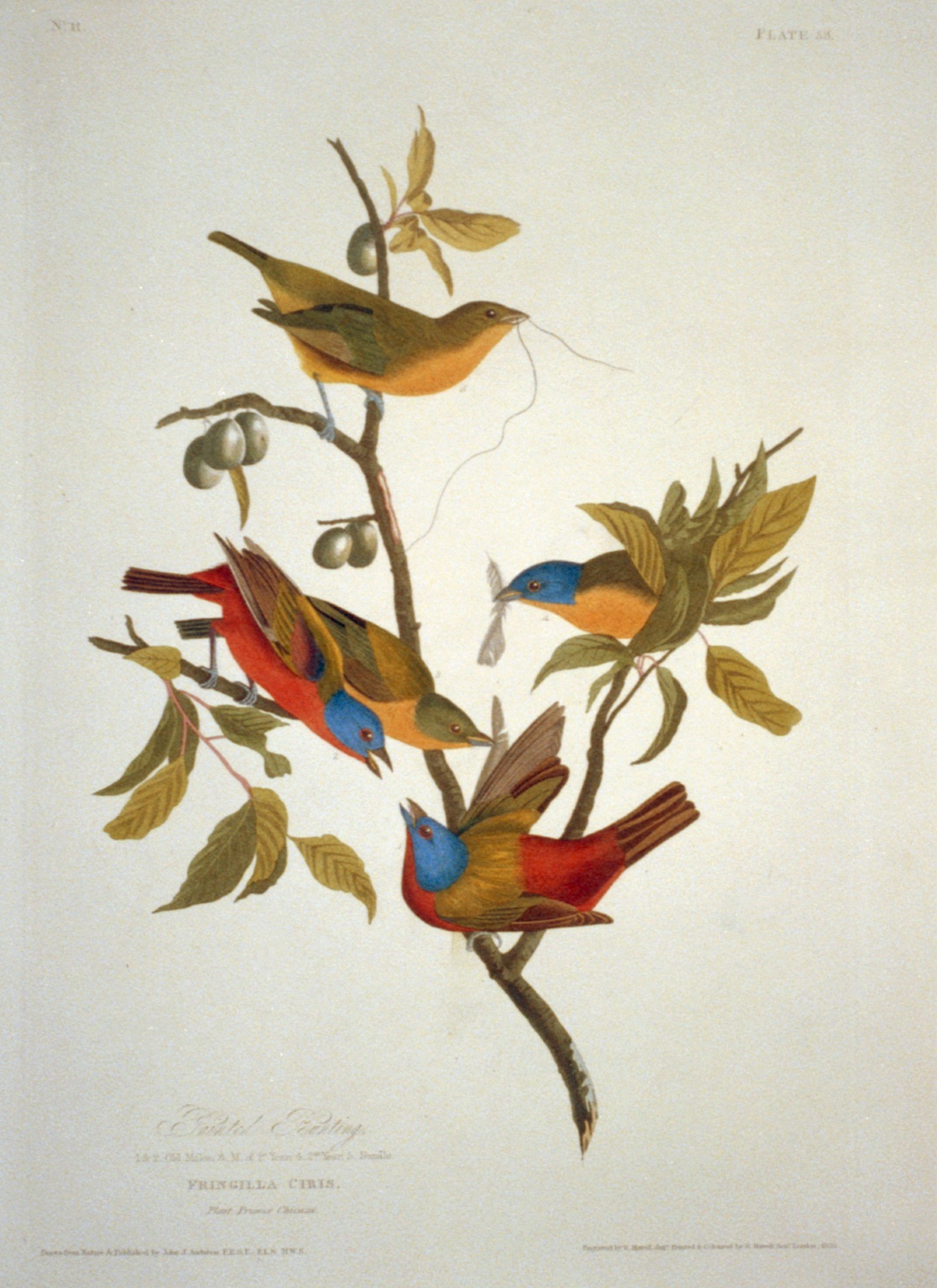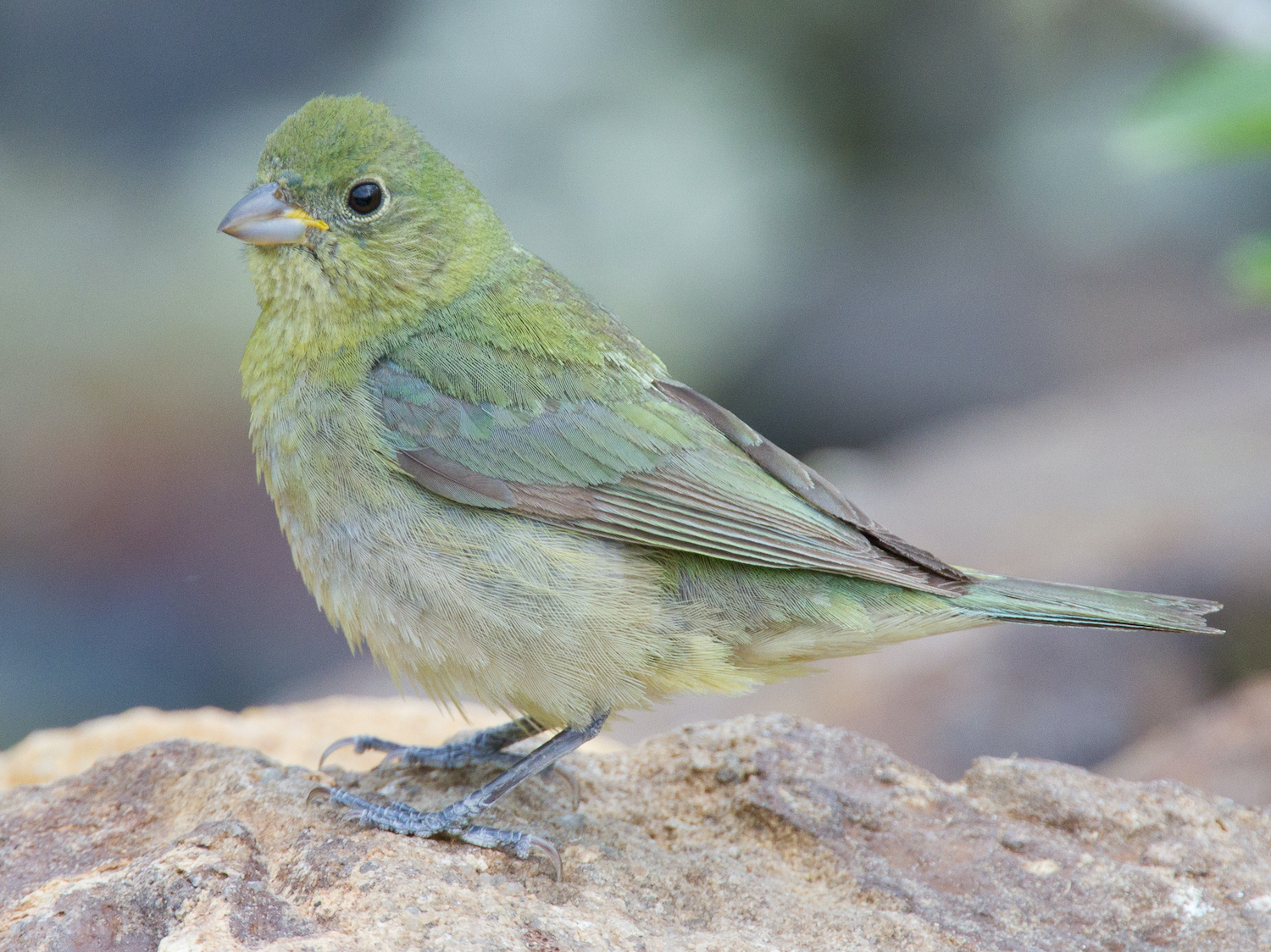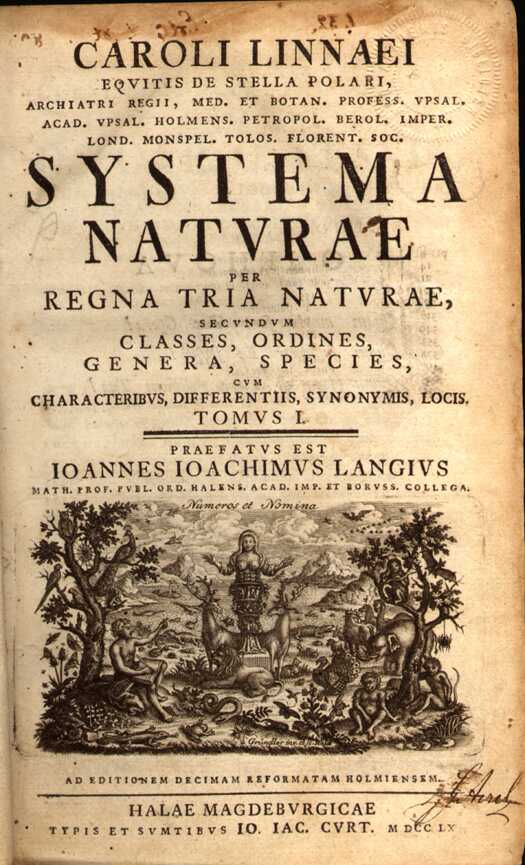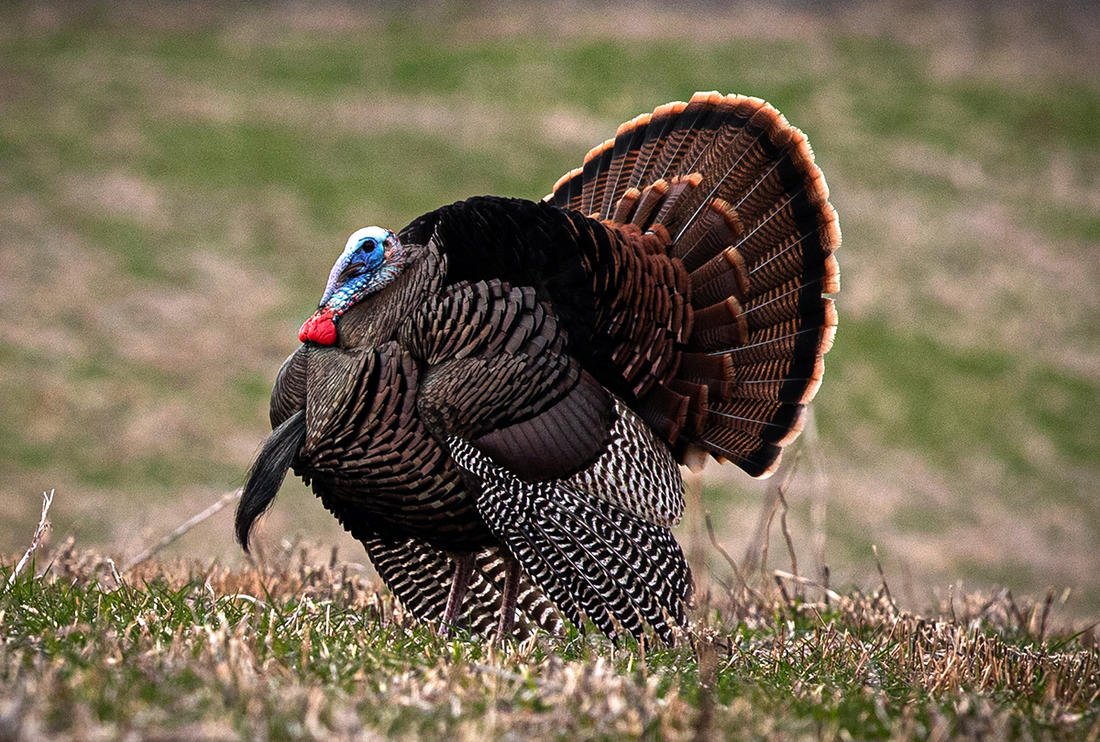
Everyone can be environmental stewards and lead by example with responsible and ethical outdoor practices, especially when it comes to hunting and fishing. There are 3 main ways you can help:
- Take the GA DNR required Hunters Safety Course. After completion, you buy a Hunting/Fishing license to help support conservation and for data analysis of wildlife management (more info below).
- Properly dispose of animal remains and fishing tackle – NOT in a waterway. Many boat landings have receptacles specifically for plastic fishing line.
- Join the Georgia Hunters for the Hungry program and donate wild game to families in need.
One of the best ways all of us can create a better public understanding of hunting and fishing is to create a better public awareness of the important role that hunters and anglers have played in conservation and improving our natural resources. Together with hunting and fishing license fees, federal aid programs have funded game animals and sport fish conservation, habitat acquisition and outdoor recreation opportunities both in Georgia and throughout the country.
– georgiawildlife.com
Register for the day-long S.H.A.R.P. Program (Safe Harvest and Responsible Practices) with GA DNR
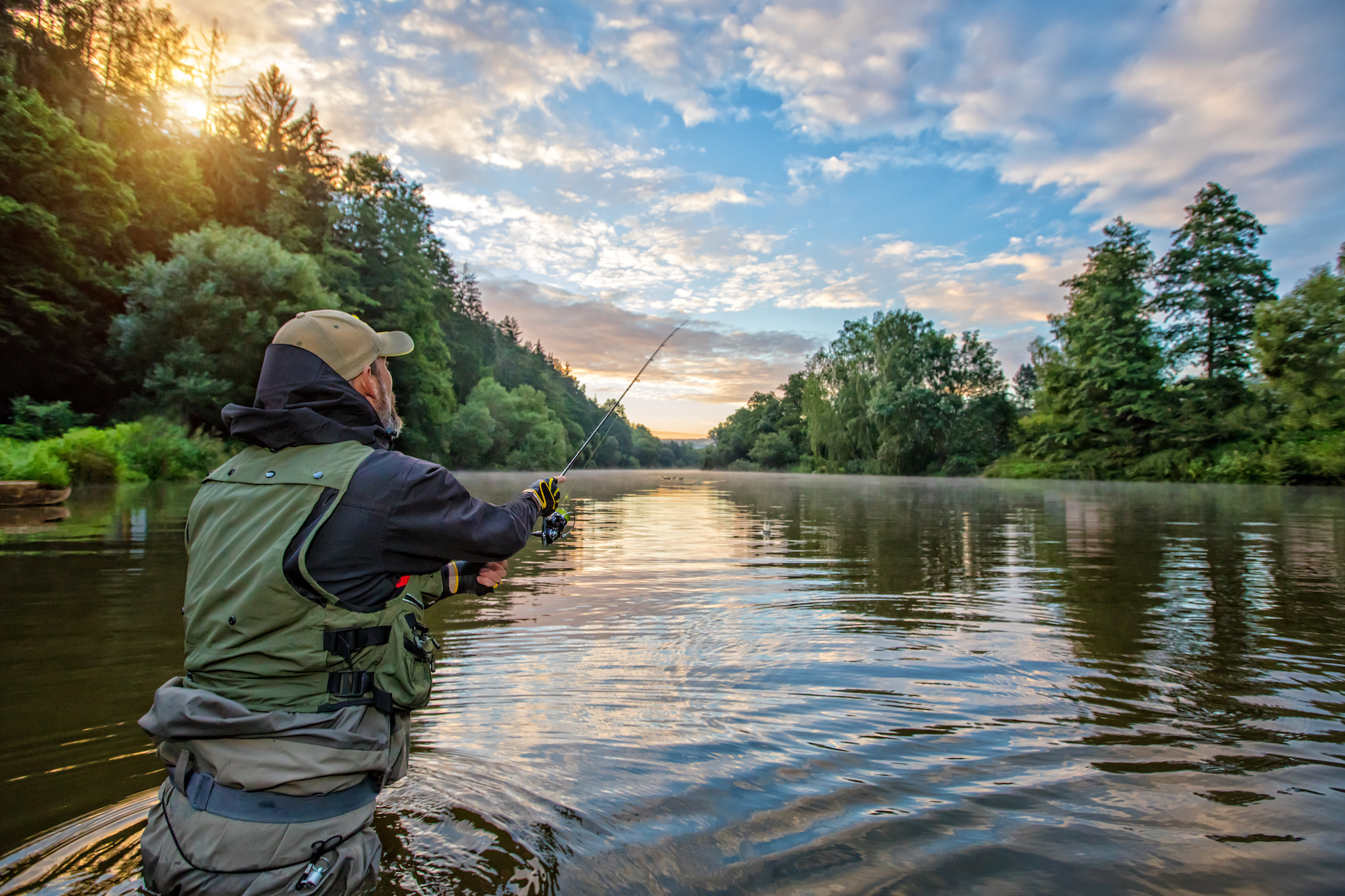
Licenses & Seasons
In the State of Georgia, a license is required to hunt and/or fish. You can buy an individual hunting or fishing license, or the combined Sportsman license. In general, licenses last one year from the date of purchase. View the options to choose the right one for you.
It is now required to order a saltwater license (free addition) if you buy the Sportsman or fishing license, as well as a harvest record for hunting certain species.
Data collection helps with population control, wildlife management, reducing poaching and illegal activity, amongst many other reasons. If you see suspicious activity, report immediately to your local game warden.
Follow all hunting season guidelines. They are part of the responsible management of the species numbers and health, as well as for the safety of fellow hunters and fishers.
Deer hunting season dates for the entire Ogeechee River Basin:
Archery begins on September 9 and ends on Oct. 13; Firearms begins October 24. Both end on January 15. See a full list of season dates
Proper removal of hunted animals
Did you know that dumping animal remains in a waterway does more harm than good? By throwing remains in the waterway, it can create harmful bacteria buildup that hurts humans, animals, and plants. The parts left behind are not sought after by most fish or aquatic animals, or will take too long for them to break down, causing harmful bacteria during decay. It is best to either bury the entrails and bones, or leave them on the land (away from roads) for vultures and other carrion to eat. Let’s thank nature’s garbage disposals for doing their jobs!
More: Wild Game Processors in Georgia
“Hunters, you can help protect the Georgia deer herd from Chronic Wasting Disease (CWD), a fatal disease affecting deer. This disease has not been detected in our state and you can be instrumental in keeping it out,” says Killmaster. “Do not bring live deer, whole carcasses or heads into Georgia, know what parts you can bring back from an out-of-state hunt, and report deer with any disease symptoms. You can find more info at GeorgiaWildlife.com/cwd.”
Treats
Your dog loves venison more than you, I guarantee. Here’s a super simple and quick recipe for venison jerky for your furry friend. This will save you money on dog treats too!
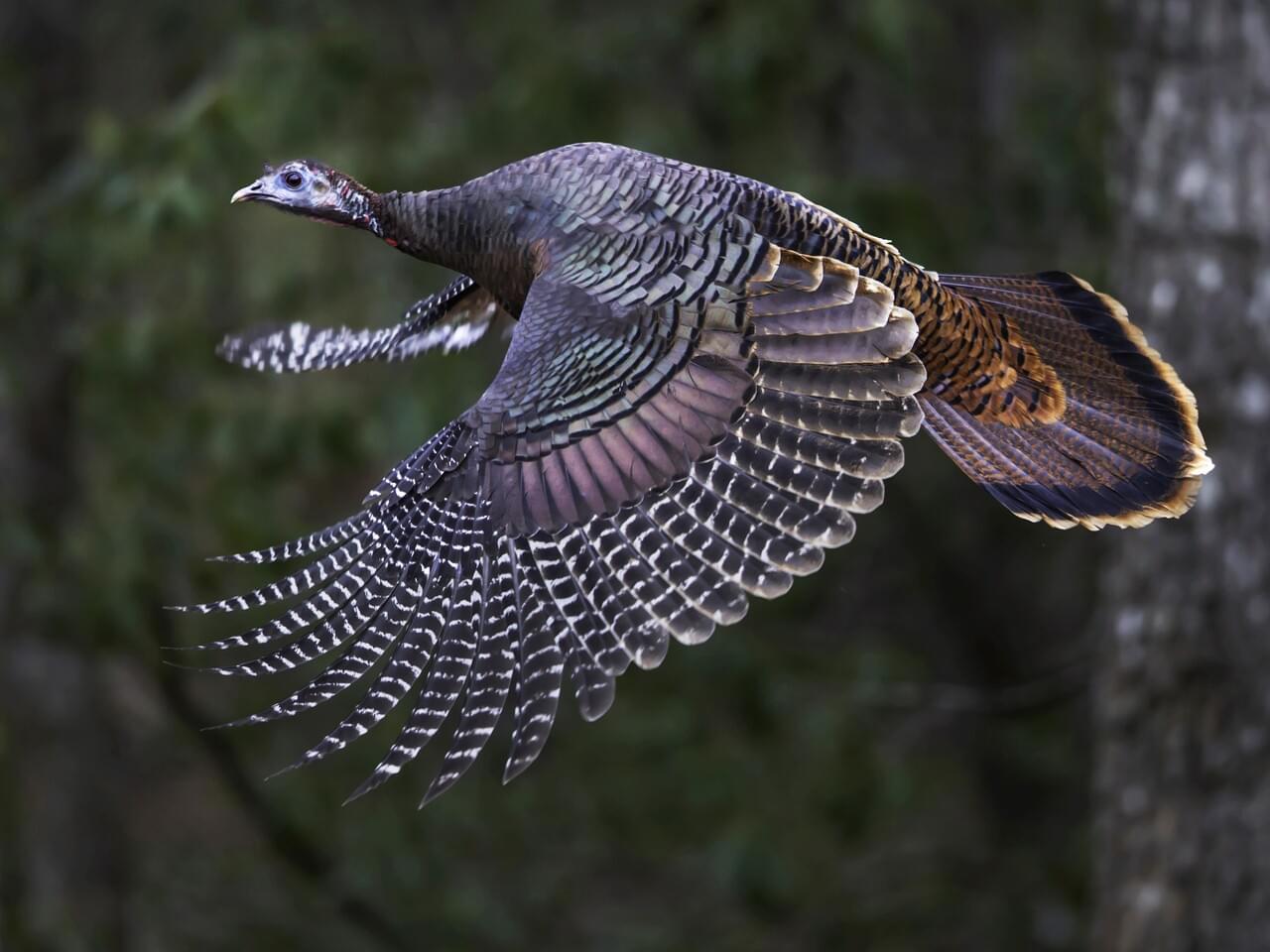
Other Important Dates:
Not sure if it’s for you but want to give hunting or fishing a try? September 23 is National Hunting and Fishing Day (no license required)!
Deer hunting season for the entire Ogeechee River Basin:
Archery: Begins September 9.
Firearms: Begins October 24.
Both end on January 15.
Submit your photos and stories of responsible sportsmanship to info@ogeecheeriverkeeper.org or tag us on social media.
